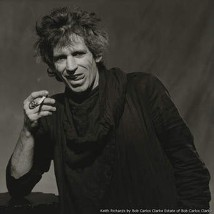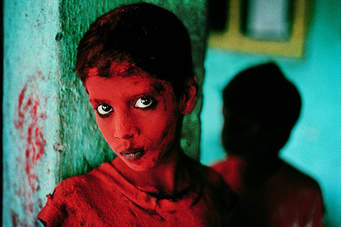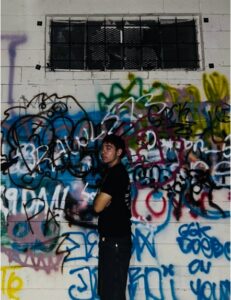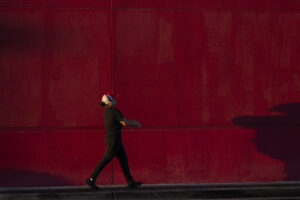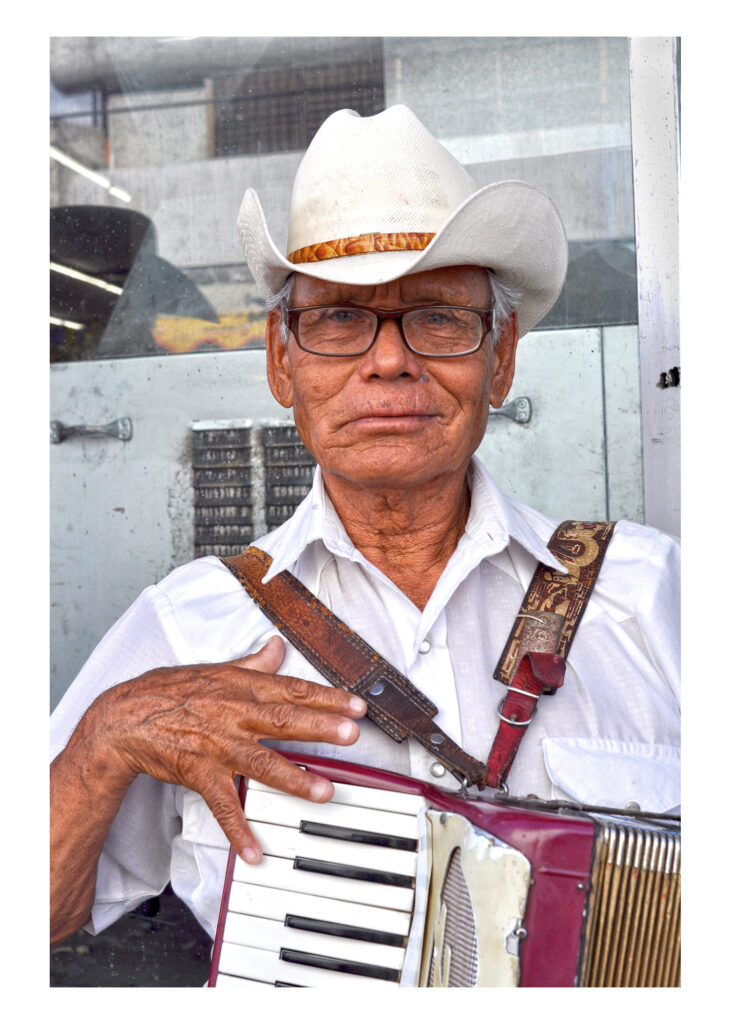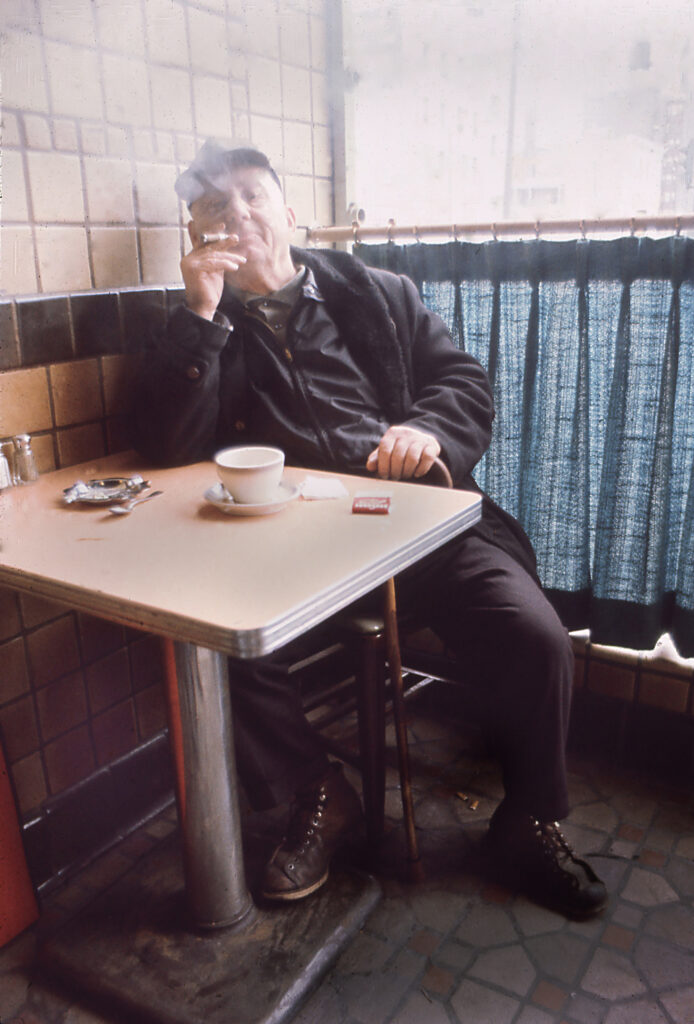PHOTOJOURNALISM
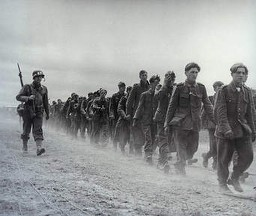
Photojournalism is the art of depicting a story worth telling through still images. While today’s landscape of photojournalism is blossoming into a multi-faceted profession, so not only will you be using still photographs but might find instances in where video is applicable as well. The major difference in photography and photojournalism is that photojournalists seek out the absolute truth to document where just general photography allows for more creation.
I think if there is any photojournalism job that wouldn’t fit in newspapers then and today would be the relatively new job of videographer or multimedia journalist. Newspapers pretty much only needed some staff photographers and on occasion hiring an on-scene photographer to help obtain that newspapers pictures. Otherwise, anything dealing with video or audio was the news stations or broadcasts responsibility.
The best way to make a living within this profession is to actively work hard to get your work at a place that is above most others photos. The first goal is the stand out. Once you have done that it helps to talk around with the local newspapers or online publications, get the word out on your photos. From there one can hope to be hired as a staff photographer with a major organization or publication or be able to go on call for a specific assignment and have the opportunity to get noticed with amazing work from that assignment.
Robert Capa 1930s-1950s
What I love about Robert Capa is first his black and white images. While that was the only available option back then, considering the subjects of the photos the black and white speaks volumes to its emotion and grit. This is especially true with this image of World War II soldiers marching.
Bob Carlos Clarke 1960s-1980’s
Bob Carlos Clarke is known for concert and live music photos as well as portraits of the artists themselves. Primarily working in a black and white style, Clarke finds unique ways to portray the subject and their personality. This picture, although not overtly unique, to me paints the personality of Keith Richards of the Rolling Stones. Smoking a cigarette, and licking his chops. How do you get a truer photo of Mr. Richards?
Steve McCurry 1990s-PRESENT
Of course, how can you not mention Mr. McCurry. While he has somewhat switched into a photographer rather than a photojournalist, he does have a whole repertoire of photojournalistic images. He does well with capturing the scenes that no one ever sees when photographers get sent to places of war or conflict. His photo “Afghan Girl” is arguably one of the most notorious photos taken by him.
The ethics of photojournalism are always questioned and challenged because every photojournalist wants to go the extra mile to get the award-winning shot. Generally, if someone says no to being photographed, then that means no. If police or officials keep you from accessing a scene, then ethically you are not permitted to access the scene. However, sometimes ethical problems arise after the photo is already taken. For example, Steve McCurry’s “Afghan Girl” was and still is subject to ethical questions over if it was right or not to take her photo. Living in a middle eastern country, Americans of any sort are usually not treated well, so when Mr. McCurry took that image, the “Afghan Girl” was subjected to a tougher life due to the fact that her face was becoming famous. It is something that she didn’t want and more so the rest of the people of the country.
